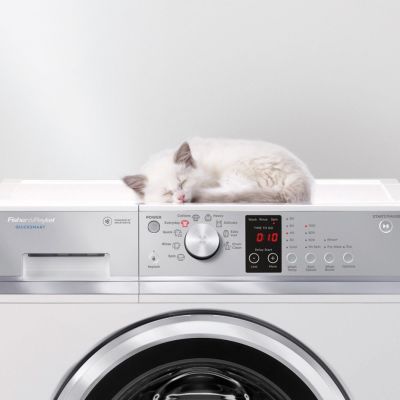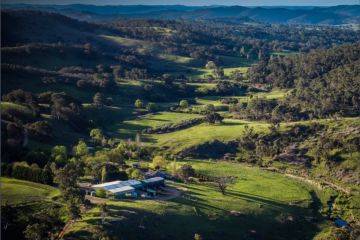Common mistakes people make with their dishwashers
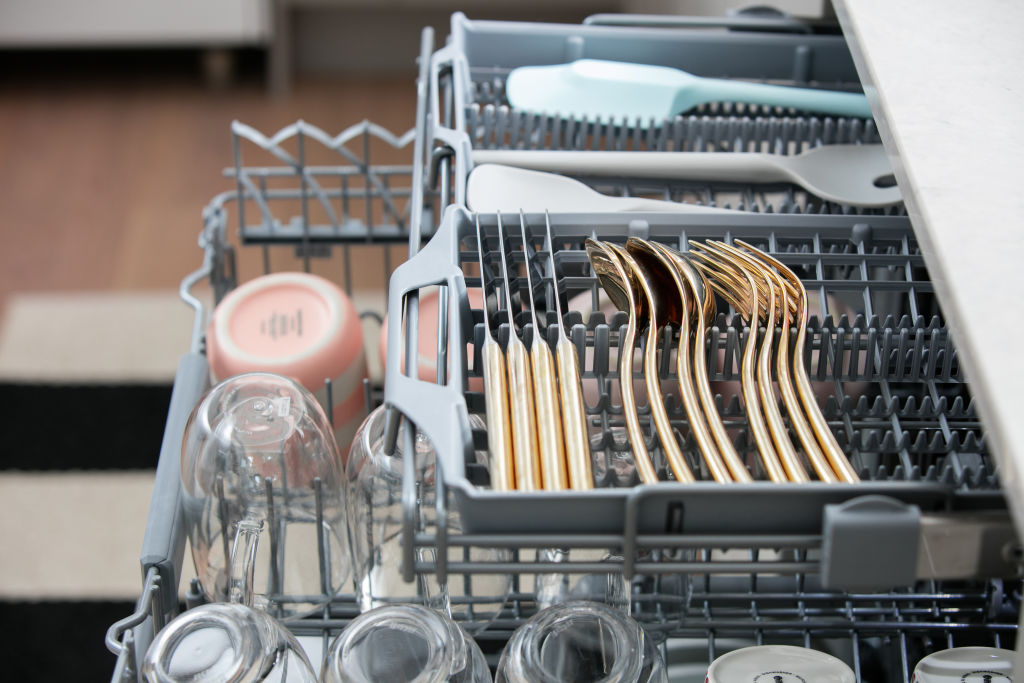
Most homes in Australia have a dishwasher, and most people have worked out their preferred method of how to use it.
Some people halve tablets, place plates and bowls in a certain position and have their preferred cycle that they rely on for every wash. But which way is the most efficient and economical?
According to Canstar Blue, a standard dishwasher uses around 13 litres of water per load. This may sound like a lot of water, but over a year it’s saving about 5000 gallons of water compared to hand washing.
Muscle power is relatively free but at only 12 to 40 cents a cycle, dishwashers are a lot more energy and cost-efficient than they were in the past.
However, the odd pot or knife can still come out not as clean as it should be. “A common thing people ask me is ‘why do my plates feel slick, like oil?’, ” says Laurent Saligne, dishwasher mechanic at Aussie Appliance Repairs.
Detergent can leave a residue on the plates and cutlery which feels like oil. This is a sign that the dishwasher needs to run for a longer cycle.
Listen to episode one of Somewhere Else:
“People assume on a long wash you’re using more power and water but that’s not the case,” he says.
Most dishwashers have two or three spray arms and to save water they work one at a time, which is why the machine needs to run for longer.
If a dishwasher is always on the quickest cycle, this doesn’t allow time to rinse off the detergent and when the hotter rinse cycle starts, detergent is still in the machine.
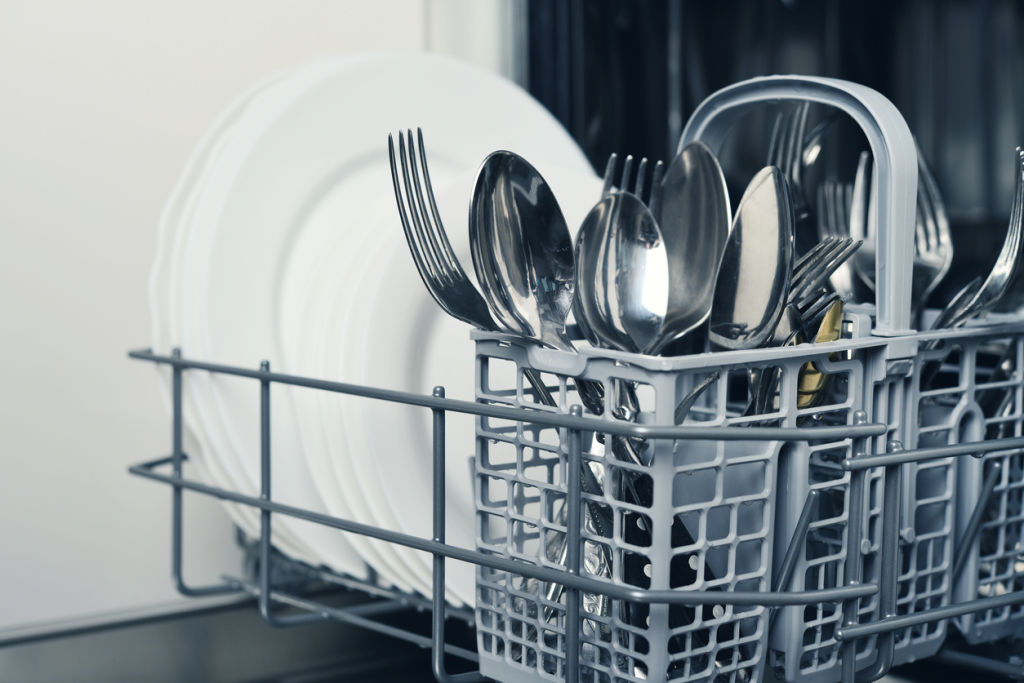
In the long run, the detergent residue can build up in the machine and breakdown the rubber sealing, reducing the life of the dishwasher.
Colin Jones, appliance expert at Appliances Online, suggests using the Auto 45-60 on the dishwasher if it has this cycle. “Auto 45-60 will wash your plates at the temperature according to how dirty your plates are. It tries to guess which cycle to use,” says Jones.
Saligne agrees with using the auto function. “Long term you will save water and power, but it’ll still give you generally a pretty good wash result.”
The auto function on the dishwasher will do a pre-wash and analyse the amount of food particles in the water. It will then adjust the wash and temperature as to how dirty the plates and cutlery are.
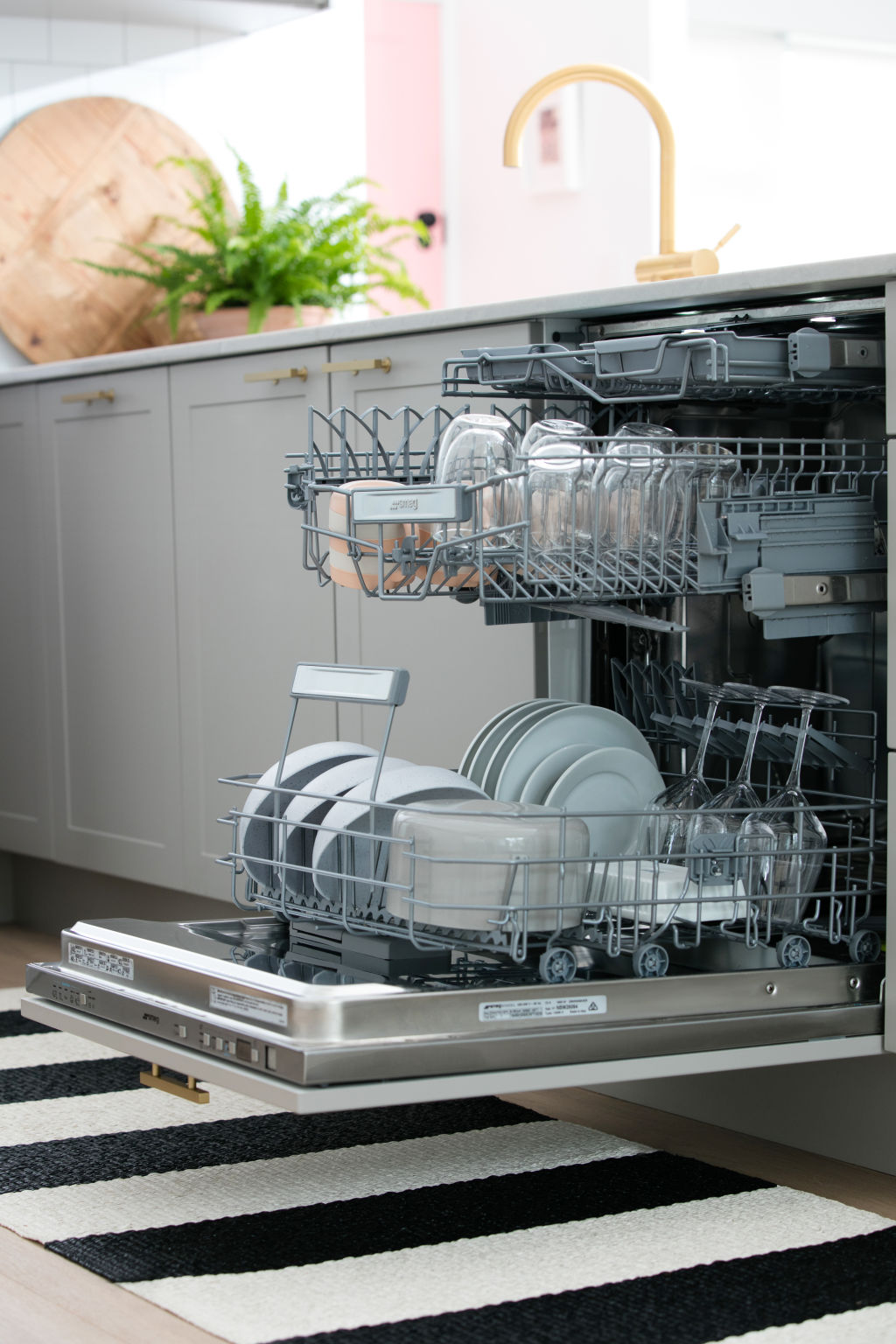
Many Australians are rinsing their dishes in the sink beforehand, which can waste a lot of water. “If you have a water-saving tap, it uses about 7.5 litres per minute,” says Jones.
He suggests using the prewash cycle on the machine. “All machines have it. It’s about five to six litres, over about 11 minutes.”
Rinsing the dishes in the sink before washing them in the dishwasher is also not good for the machine as the auto function on the machine will wash at a lower temperature, thinking the dishes are quite clean.
“Obviously, if you’ve got a big bit of sticky cheesy potato mash, don’t leave that on the plate. But a little bit of sauce isn’t going to kill it,” says Saligne.
Many people have discovered their own preferred way of stacking a dishwasher, but the key is to not over-stack it. If something is too tall and stops one of the rotating spray arms from turning, the dishes won’t be cleaned as well, no matter how much detergent is added.
Saligne sees the dishwasher tablets as a sign of our busy lives. Dishwasher detergent is cheaper than the tablets, but harder to find.
“So if you have a load that isn’t as dirty, you as a consumer can say, ‘Oh, I’ll use a little bit less liquid or powder’. But with a tablet, you don’t have that option. You basically just chuck the tablet in,” says Saligne.
States
Capital Cities
Capital Cities - Rentals
Popular Areas
Allhomes
More


